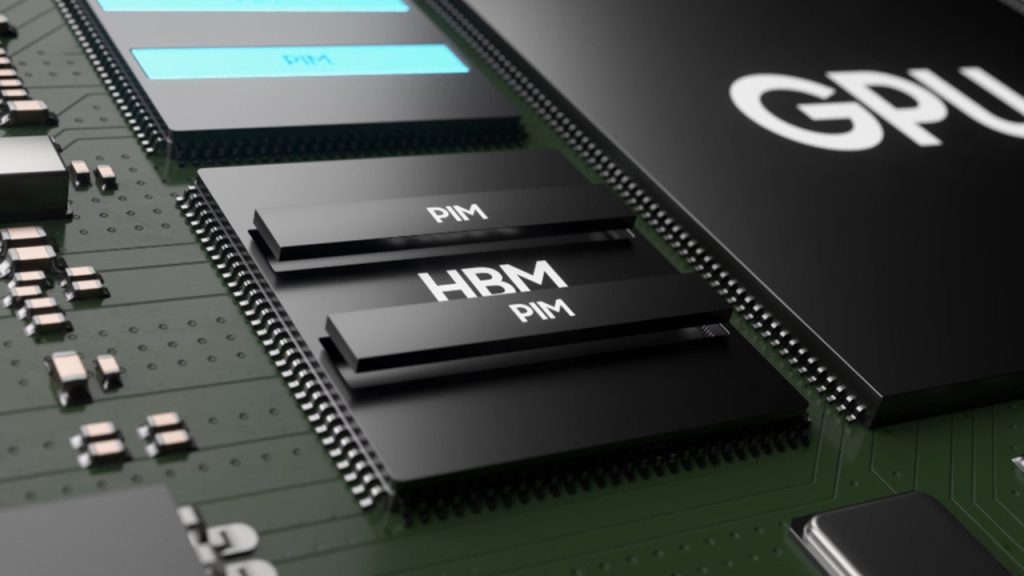Artificial intelligence technologies are gaining popularity with each passing day. For this reason, tech companies from around the world are working to develop their own AI models and benefit from the popularity of ChatGPT. Additionally, these companies all have something in common: they all purchase the necessary components for developing their AI from US companies like NVIDIA. However, China is preparing to change this situation by producing its own High Bandwidth Memory (HBM). Here are the details…
Can China Break the US High Bandwidth Memory Chip Monopoly? The Long Odds and High Stakes
The technology war between China and the United States continues at full speed. Despite their mutual dependency, both countries are striving to outpace each other and maintain superiority. This is also true in the area of artificial intelligence chips. One of the critical components for this technology is high bandwidth memory chips. HBM allow for high-speed data transfer, making them indispensable for sectors that demand rapid processing, such as autonomous vehicles, AI-driven analytics, and more.

China’s top DRAM maker, ChangXin Memory Technologies (CXMT), is actively exploring avenues for producing HBM chips. However, experts speculate that it may take up to four years for CXMT to bring HBMs to the market. One of the significant obstacles CXMT faces is the U.S. sanctions on China’s tech companies.
These restrictions have forced Chinese chip makers to resort to less advanced technologies for producing DRAM chips. Despite the challenges, industry insiders suggest that China may be able to produce HBM chips without using cutting-edge lithography technologies such as extreme ultraviolet tools.
The demand for HBM chips is expected to grow by almost 60% in 2023. Breaking into this market would not only lessen China’s dependency on foreign suppliers but also offer a considerable stake in a rapidly growing market. The move would be a significant milestone in China’s broader tech and economic strategies, helping to insulate it from geopolitical tensions and contribute to its goal of becoming a global tech leader.
RELATED:
- How to Remove Blur from a Photo (5 Best Ways)
- Microsoft aims to revolutionize gaming using AI, with Xbox Gaming AI Team
- OpenAI launches ChatGPT Enterprise with focus on business security and privacy
- Microsoft May Bring AI Capabilities to Paint, Photos, and Other Windows 11 Apps
- TAL’s MathGPT launches public beta: your next-gen math assistant
(via)







